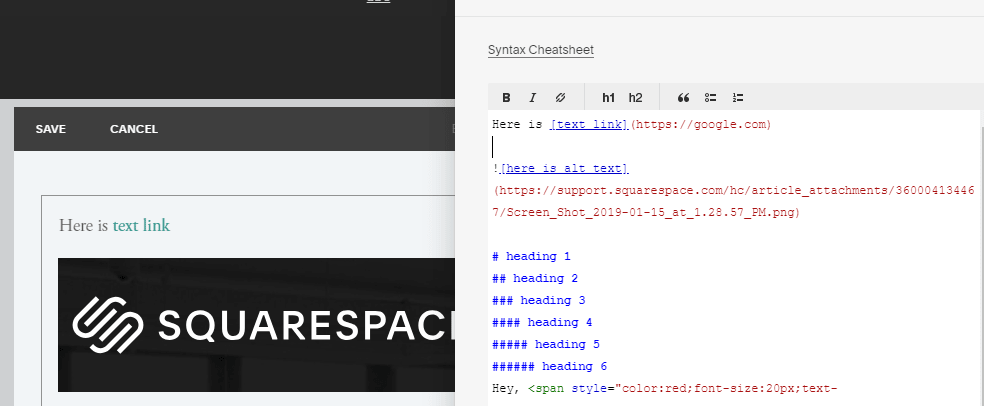

If the RStudio Addin window is used, then the img tag should be wrapped into a paragraph.
#Insert image rmarkdown code#
The first line is the HTML code for images without width/height parameters.

The first line is the markdown code for images without width/height parameters. You can’t use the Addins ‘Insert Image’ in Visual R Markdown mode because it protects the conversion by adding a backslash in front of the squared brackets: !\(images/my-image.png). There is no caption visible and the CSS styling has to be done with tag. The markdown syntax to insert an image is: caption(path/to/image). Is the width or height parameter included then HTML is generated but without div.figure and p.caption class. To produce a table, I recommend you use the kable function from the knitr package. In this case, you can set the size of the image using the width and/or. Using the RStudio Addin window without the width or height parameter it just generate markdown code. 5.4 Control the size of plots/images Use the Markdown syntax caption(path/to/image). The behavior is the same as in Images in. CSS style: yes (with out.extra, example: out.extra='style="background-color: #9ecff7 padding:10px display: inline-block "' See blog post Tips and tricks for working with images and figures in R Markdown documents.Classes: yes (with out.extra, example: out.extra='class="border shadowed"'.Figure 1: Caption for this figure 1 Code in R Chunk ```


 0 kommentar(er)
0 kommentar(er)
